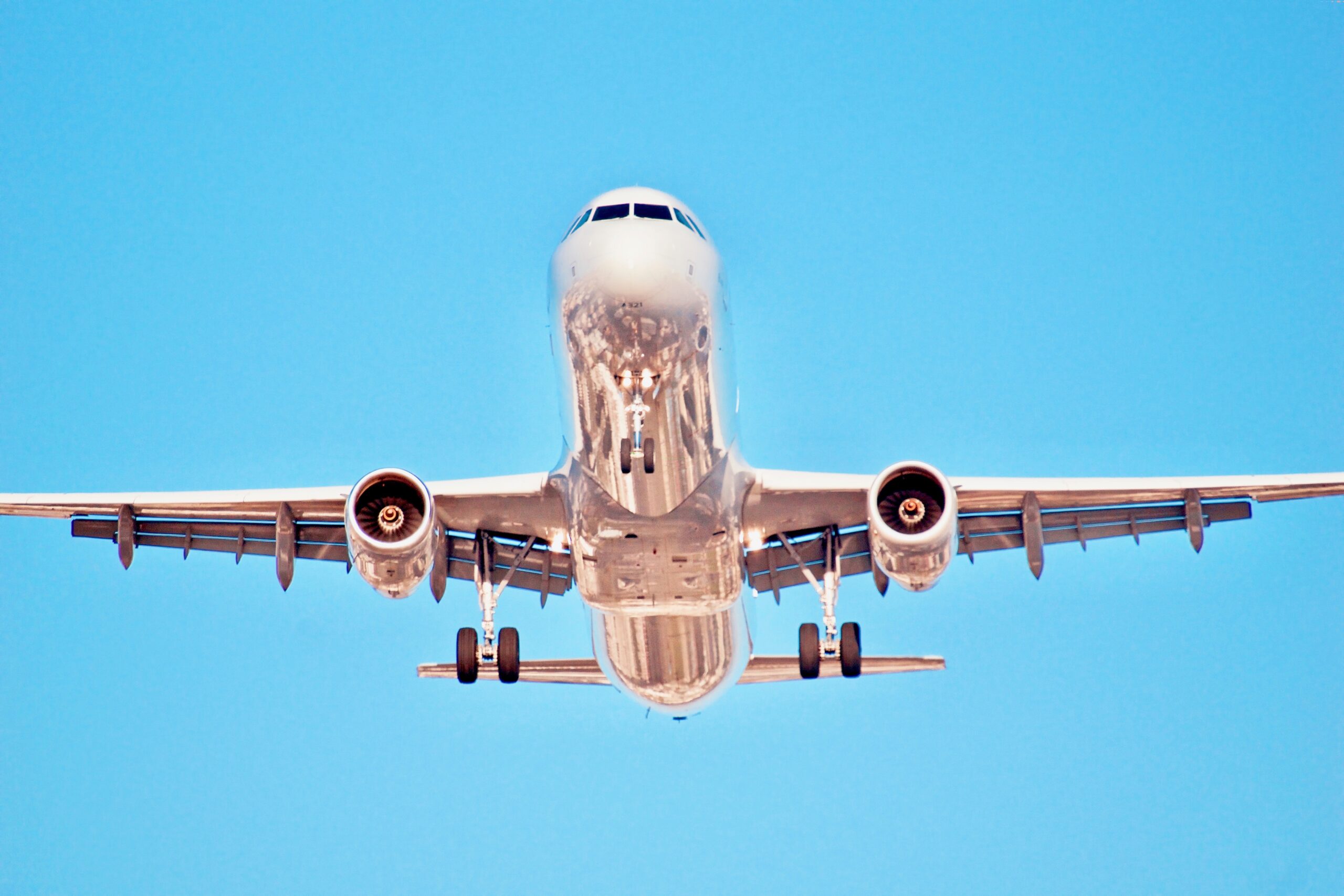In 2023, global aviation emitted nearly 950 million tonnes of CO₂, representing 2.5% of global energy-related CO₂ emissions. As international travel demand recovered to over 90% of pre-pandemic levels, the sector reaffirmed its position as one of the fastest-growing contributors to climate change. To align with international climate goals, particularly those under the Paris Agreement, urgent and coordinated action is needed—and that action is taking shape under the Carbon Offsetting and Reduction Scheme for International Aviation (CORSIA).
CORSIA and the Paris Agreement: A Global Framework Aligned with Climate Goals
Although the Paris Agreement does not directly regulate international aviation emissions, it provides the overarching temperature goal of limiting global warming to well below 2°C, with efforts to stay within 1.5°C. Importantly, some provisions such as Article 6, which addresses voluntary cooperation and carbon markets have relevance for aviation’s decarbonization strategies.
Recognizing that emissions from international flights fall outside national jurisdictions, the International Civil Aviation Organization (ICAO) was assigned the authority to regulate them. In response, ICAO developed CORSIA, the first global market-based measure (MBM) for any sector, aligning with the Paris Agreement’s objectives.
In October 2022, the ICAO Assembly adopted a historic Long-Term Aspirational Goal (LTAG) of achieving net-zero carbon emissions from international aviation by 2050, reinforcing the industry’s commitment to climate responsibility. CORSIA is a foundational step toward that goal, enabling short-term emissions management while supporting a broader decarbonization pathway.
How CORSIA Works
CORSIA aims to stabilize net CO₂ emissions from international aviation at 2020 levels. To do this, it requires aeroplane operators to purchase and cancel emissions units to offset any emissions that exceed the set baseline. This offsetting mechanism supports carbon reduction projects globally including in developing countries—much like the legacy Clean Development Mechanism (CDM) under the Kyoto Protocol.
The CORSIA baseline was initially defined as the average of 2019 and 2020 emissions. However, due to the impact of COVID-19 in 2020, ICAO revised the baseline to 85% of 2019 emissions, effective from 2024. Airlines emitting above this threshold must procure and retire CORSIA Eligible Emissions Units (CEUs) from approved offset programs.
Implementation Status
CORSIA is being implemented in three phases:
- Pilot Phase (2021–2023) – voluntary
- First Phase (2024–2026) – voluntary but binding for participating states
- Second Phase (2027–2035) – mandatory for states contributing ≥0.5% to global RTKs
Participating operators must:
- Monitor emissions as per Annex 16 Volume IV and Environmental Technical Manual (Doc 9501)
- Submit third-party verified Emissions Reports
- Use the ICAO CERT Tool/ Fuel Use Monitoring Methods (FUMMs)
- Comply with ISO 14064-3 , ISO 14065 and ISO 17029 verification requirements
Aviation Sustainability: Why It Matters Now
Aviation is a hard-to-abate sector, with limited alternatives to high-energy liquid fuels and long development cycles for new technology. Yet, to remain viable and responsible, aviation must:
- Scale up Sustainable Aviation Fuels (SAFs)
- Advance aircraft and engine efficiency
- Optimize operations and routing
- Support credible offsetting frameworks like CORSIA during the transition
While long-term solutions develop, CORSIA provides a functioning, verifiable mechanism to limit net emissions today, enabling climate progress without compromising international connectivity.
The Road Ahead: From Offsetting to Real Reductions
CORSIA is not a final solution—it is a transitional mechanism. Looking forward, the industry will see:
- Increasing emphasis on CORSIA Eligible Fuels (CEFs)
- Greater scrutiny of offset quality
- Integration of aviation emissions data into national GHG inventories
- Broader adoption of digital MRV tools
With the ICAO net-zero target for 2050 in place, and global consensus coalescing around market-based and fuel-based mechanisms, CORSIA serves as both a compliance tool and a climate enabler.
Conclusion: CORSIA as the Aviation Sector’s Climate Backbone
CORSIA is the aviation industry’s most tangible contribution to global climate action to date. It reflects the sector’s alignment with the Paris Agreement’s temperature goals while respecting the sector’s international governance structure under ICAO.
By anchoring emissions responsibilities to 85% of 2019 levels, supporting compliance through systems like the EUCR, and reinforcing ICAO’s long-term net-zero ambition, CORSIA is not just a carbon offset program—it is a strategic instrument for climate-aligned aviation.
As demand soars and scrutiny intensifies, CORSIA ensures that aviation remains in flight—without leaving climate ambition grounded.




